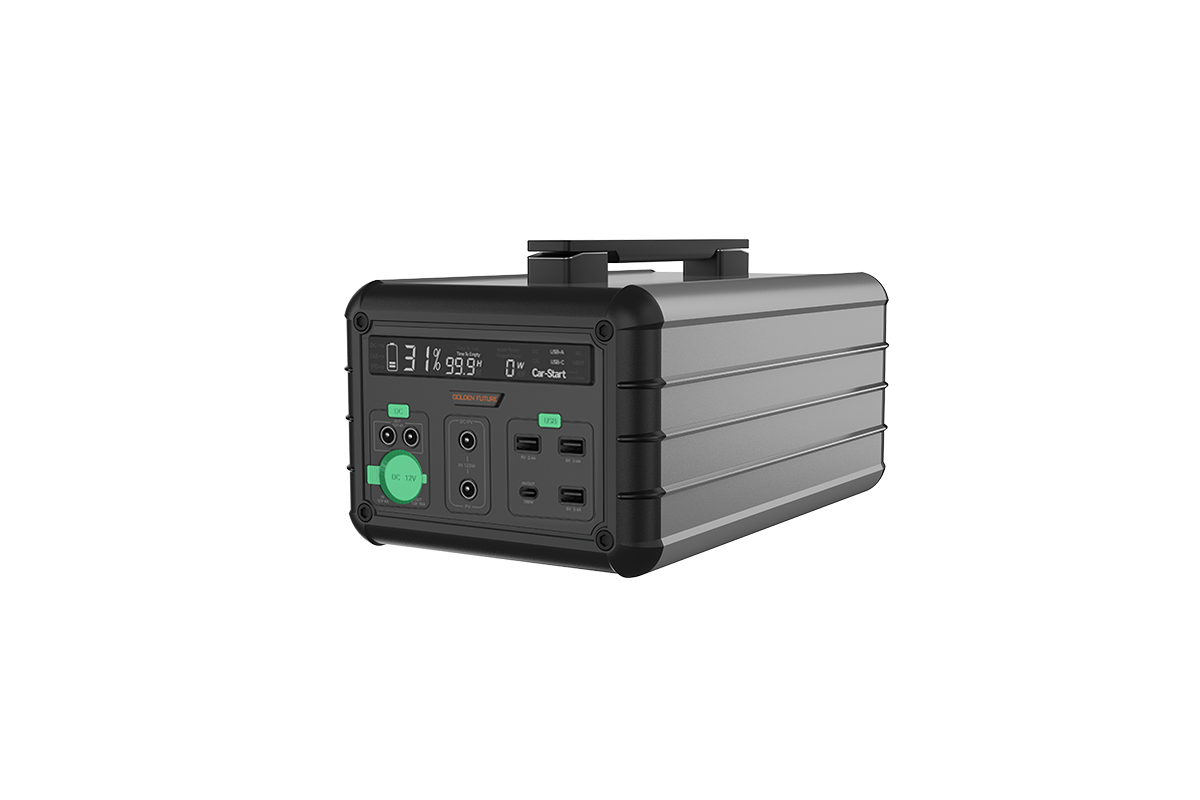

Time:2025-09-25 Views:1

Ternary lithium batteries, composed of nickel, cobalt, and manganese (NCM) or nickel, cobalt, and aluminum (NCA) in their cathode materials, have gained widespread popularity in various applications due to their unique performance characteristics. One of their most significant advantages is their high energy density, typically ranging from 200 to 300 Wh/kg, which allows for longer runtime in devices and extended driving ranges in electric vehicles (EVs). This makes them a preferred choice for EV manufacturers aiming to maximize battery capacity without excessive weight increases.
Another key benefit is their excellent power output, enabling rapid charging and discharging. They can handle high current loads efficiently, which is crucial for applications like power tools and electric vehicles that require quick acceleration or sudden power bursts. Additionally, ternary lithium batteries exhibit good low-temperature performance, maintaining better capacity retention in cold environments compared to lithium-iron-phosphate (LFP) batteries, making them suitable for regions with harsh winters.
However, these batteries also have notable drawbacks. The use of cobalt, a rare and expensive metal, increases their production cost and raises ethical concerns related to mining practices in some regions. They are also more sensitive to high temperatures, with a higher risk of thermal runaway if overcharged, short-circuited, or exposed to extreme heat, which necessitates advanced battery management systems (BMS) for safety. Moreover, their cycle life is generally shorter than that of LFP batteries, often lasting 1,000 to 2,000 charge-discharge cycles before significant capacity degradation occurs, which can affect long-term durability in applications requiring prolonged use.
Read recommendations: